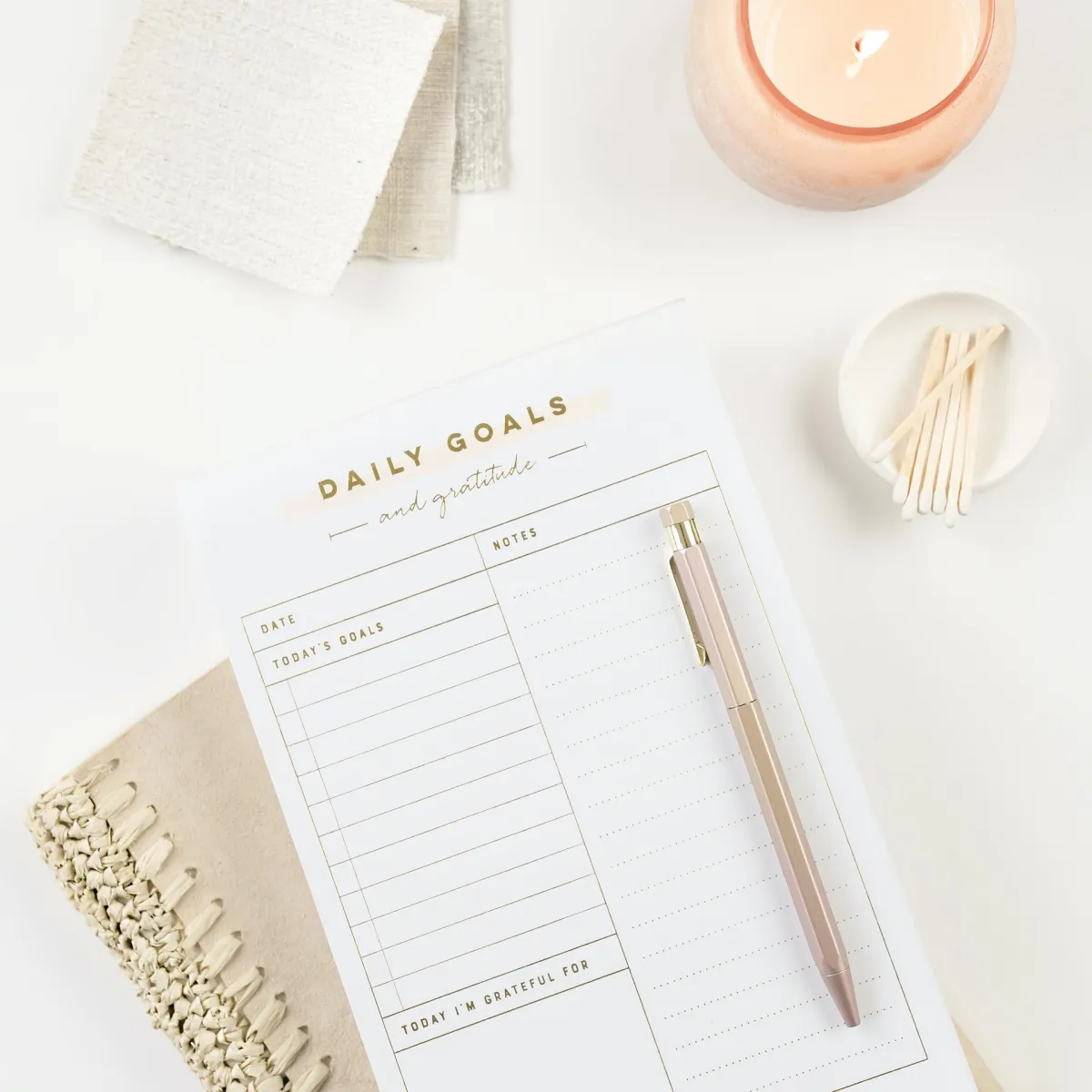Your Paragraph text goes Lorem ipsum dolor sit amet, consectetur adipisicing elit. Autem dolore, alias, numquam enim ab voluptate id quam harum ducimus cupiditate similique quisquam et deserunt, recusandae. here



Mastering the Art of the Weekly Newsletter: Nurturing Your Email List with Blog Posts
In the digital age, where information is constantly flowing, an engaging and consistent newsletter can be your secret weapon to maintain a strong connection with your audience. One of the most effective approaches is to compile and share your blog content in a weekly newsletter. In this blog post, we'll guide you through the process of creating a weekly newsletter that not only keeps your subscribers engaged but also nurtures your email list effectively.
1. Define Your Newsletter's Purpose:
Before diving into the content creation process, it's crucial to define the purpose of your weekly newsletter. Ask yourself:
What value will subscribers gain from this newsletter?
How will it contribute to your overall content marketing strategy?
What actions do you want subscribers to take after reading it?
Having a clear purpose will guide your content selection and ensure your newsletter aligns with your goals.
2. Choose Your Email Marketing Platform:
Select a reliable email marketing platform to manage your newsletter. Popular options include Mailchimp, Constant Contact, and ConvertKit. These platforms offer templates, list management, and analytics to streamline the process.
3. Build and Segment Your Email List:
Segment your email list based on subscribers' interests, preferences, or behavior. Segmenting allows you to send personalized content that resonates with specific groups within your audience.
4. Select the Right Content:
Choose the blog posts that are most relevant to your audience for inclusion in your weekly newsletter. These could be recent articles, evergreen content, or curated posts related to a specific theme.
5. Craft a Compelling Subject Line:
Your subject line is the first thing subscribers see, so make it attention-grabbing and relevant to the content inside. A well-crafted subject line can significantly impact your open rates.
6. Write a Engaging Introduction:
Start your newsletter with a brief, engaging introduction. Highlight the key themes or takeaways subscribers can expect in the newsletter. Be personable and relatable.
7. Highlight Your Blog Posts:
Present your selected blog posts in a visually appealing and organized manner. Include:
A catchy headline for each post.
A brief summary or excerpt to pique interest.
A clear call to action (CTA) for each post, encouraging readers to click and read more.
8. Add Visual Elements:
Incorporate images, graphics, or featured images from your blog posts to make the newsletter visually appealing. Visual content can grab readers' attention and enhance engagement.
9. Personalize Content:
Whenever possible, personalize the content to address specific segments of your audience. Tailor your messaging to their interests and needs.
10. Include Additional Value:
In addition to your blog posts, offer extra value. This could be:
Exclusive content or insights not available on your blog.
A featured product or service with a brief description.
A spotlight on a community member or customer.
11. Encourage Engagement:
Prompt subscribers to engage with your content. This can include:
Social media sharing buttons for easy content sharing.
Comment invitations to spark discussions.
Surveys or polls to gather feedback.
12. Provide Contact Information:
Make it easy for subscribers to reach out to you with questions, comments, or feedback. Include your contact information or a link to your contact page.
13. Mobile Optimization:
Ensure your newsletter is mobile-responsive. Many subscribers will read it on their smartphones, so a mobile-friendly design is essential for a seamless user experience.
14. Test Before Sending:
Always send yourself a test email to check formatting, links, and visual elements. This ensures your newsletter looks and functions as intended.
15. Set a Consistent Schedule:
Choose a day and time to send your newsletter consistently. Whether it's every Monday morning or Friday afternoon, consistency helps subscribers know when to expect your content.
16. Analyze and Adapt:
Regularly analyze the performance of your newsletter using your email marketing platform's analytics. Monitor open rates, click-through rates, and engagement metrics. Use this data to refine your content and strategies.
Conclusion:
A weekly newsletter that compiles your blog posts is a valuable tool for nurturing your email list and maintaining a strong connection with your audience. By following these steps and consistently delivering valuable content, you can engage subscribers, drive traffic to your blog, and achieve your content marketing goals. Remember, the key to a successful newsletter is providing relevant and engaging content that resonates with your readers.
GET ON THE LIST
Sign up to my weekly newsletter and get tips, inspiration, and more for your business!
I'm Stephanie LaTorre
Web designer, developer, SEO specialist, beach lover, Italian-American, dog mom, and I spend more time on boats than I do on land

© Copyright 2023 STEPHANIE LATORRE DESIGNS - PRIVACY POLICY - TERMS AND CONDITIONS - CONTACT

